By Mariah Bourne

If you’re sensitive to caffeine, having a cup of decaf tea may seem like your best option. We’ve all heard that decaf tea has the same benefits as regular tea, just without caffeine.
Unfortunately, there’s essentially no such thing as *truly* decaf tea—especially in Japan. But don’t despair – there are many ways to still enjoy a low or no-caffeine brew without compromising on benefits or quality.
Caffeine in decaf green tea may be lower, but it’s still there. Not to mention, the removal process of caffeine from green tea can greatly reduce the benefits and quality of drinking tea.
In this article, we’ll get into the tea decaffeination process for most green teas and how the difference in quality sets Japanese green tea apart from even the highest-quality decaf green tea.
Green Tea and Caffeine
Technically, the concept of decaf tea is a myth. To be considered green tea, the leaves must come from the Camellia sinensis plant. The Camellia sinensis plant naturally produces caffeine as a chemical defense mechanism to protect itself against pests.
Different styles of Japanese tea have different levels of caffeine, but all true green teas will contain at least some caffeine. As for caffeine in decaf green tea, there will always be trace amounts even after the decaffeination process.
Want to know more about caffeine? Check out our article covering everything you need to know about caffeine in matcha and other Japanese green teas.
The Tea Decaffeination Process
Still, a few common methods are used to remove caffeine in decaf green tea, and some aren’t the safest. Most decaffeination processes remove about 96 to 98% of caffeine. Teas are often soaked in chemicals such as methylene chloride or ethyl acetate or processed with carbon dioxide or water.
Although methylene chloride can preserve more of the original flavor than other methods, it has a reputation for being unhealthy and unsafe. Some countries even prohibit importing teas processed in this manner.
Soaking tea in ethyl acetate is a safer method for producing bagged tea, as this chemical naturally occurs in green tea plants. The CO2 decaffeination process is another natural method that best maintains the tea’s flavor. Producers use pressurized liquid carbon dioxide to extract small caffeine molecules without removing the larger flavor molecules.
Water processing is probably the least common as it leaves the tea with a watered-down taste. Tea leaves are soaked for some time, and the solution is passed through a carbon filter to remove caffeine. After, the water is returned to the tea for reabsorption of oils and flavors.

Is There Still Caffeine in Decaf Tea?
Even if a green tea plant goes through the decaffeination process, it will never truly be void of caffeine. Decaf tea still contains trace amounts of caffeine, often in addition to harsh chemicals and preservatives.
Why Decaf Japanese Tea is Unheard of in Japan
Now that you understand the decaffeination process, it makes sense why it's pretty much unheard of in Japan. Growing and producing Japanese green tea is a cherished tradition and art form rooted in the highest standards and complex practices.
The decaffeination process significantly alters tea quality, destroying the sought-after flavors and profiles while taking away from the strategies involved in growing and harvesting green tea.
How to Manipulate Caffeine Content
It's possible to still enjoy Japanese green tea, even if you’re sensitive to caffeine. The lowest caffeine teas are commonly made from older tea leaves, roasted tea leaves, and leaves mixed with the stem of the tea plant. Different styles of green tea, houjicha, and some styles of genmaicha made with bancha are naturally lower in caffeine, and the caffeine content is easy to manipulate.
Playing with portions can also manipulate caffeine content. Let’s take matcha, for example. The calming effects of l-theanine, a natural amino acid in matcha, suppresses the caffeine stimulant effect resulting in a sustained energy boost without the anxious feelings commonly associated with caffeine. A few tips and tricks to indulge in Japanese green tea while reducing caffeine content are:
- Choose low-caffeine or caffeine-free teas: Choosing a tea with low caffeine is one of the best ways to enjoy Japanese green tea. Your best bet for low-caffeine Japanese tea is hojicha, and there are many styles to enjoy within this category. Hojicha is a delicious, roasted green tea that's mellow on the body. Herbal Japanese teas are also a great option, as they're naturally caffeine-free. Check out our kuwacha or mulberry herbal tea for the perfect afternoon brew!
- Brewing tips: How long you brew tea leaves affects the caffeine content. If you're sensitive to caffeine but still want to enjoy a warm cup of sencha, brew it for a shorter time. You’ll have to play around with different times to get the best results, but eventually, you'll figure out what works for you. We also recommend using cooler water since hotter water extracts more caffeine from tea leaves. Rebrewing your tea can also help. Unlike the water decaffeination process, when you rebrew high-quality Japanese green tea, you’ll continue to enjoy the utmost flavor while reducing caffeine levels.
- Smaller serving sizes: Using a smaller serving than recommended will reduce caffeine content. Like brewing, you'll have to experiment with different amounts to produce the perfect cup.
- Don’t drink tea on an empty stomach. You’ll feel caffeine’s effects more acutely, and it can be harsher on your system if your body doesn’t have fuel to metabolize. Eat a good breakfast and have a nice mid-morning cup :)
Mizuba’s Favorite Low-Caffeine
and Caffeine-Free Teas
At Mizuba Tea Co., we have a selection of high-quality Japanese green teas that are lower in caffeine, boasting distinctive notes, aromas, and elegant flavors. Some of our favorites include:
- Daily Matcha Green Tea: Though matcha does have 72mg of caffeine per teaspoon, you can use a smaller serving to create your favorite matcha latte that’s gentle on the system. You don’t have to give up making matcha a daily part of your wellness routine with our exceptional, fresh-sourced matcha. Just be aware of how and when drinking matcha affects you.
- Organic Chamomile Hojicha: A lovely take on the classic Japanese houjicha, this naturally low-caffeine tea is an exquisite choice for a bedtime brew or sipping on a relaxing afternoon.
- Organic Bancha: Enjoy a delicious hot cup or a refreshing cold brew any time of day with our satisfying kyô-bancha.
- Kuwacha Mulberry Herbal Tea: This smooth, delicious brew is a great caffeine-free option to enjoy all day long!
Everyone should be able to enjoy Japanese green tea without worrying about caffeine sensitivity. Next time you reach for the decaf green tea in your grocery store, remember there are many options for green tea where you can have your desired caffeine content without compromising on quality or flavor. Give the teas listed above a try!



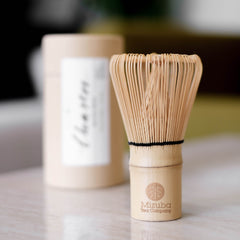
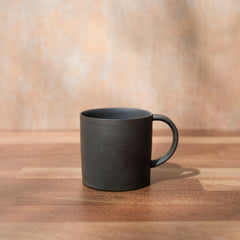
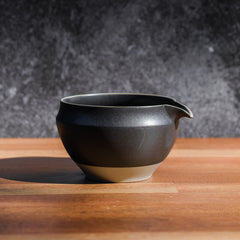
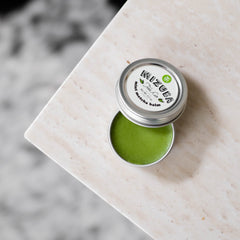
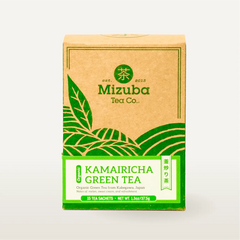
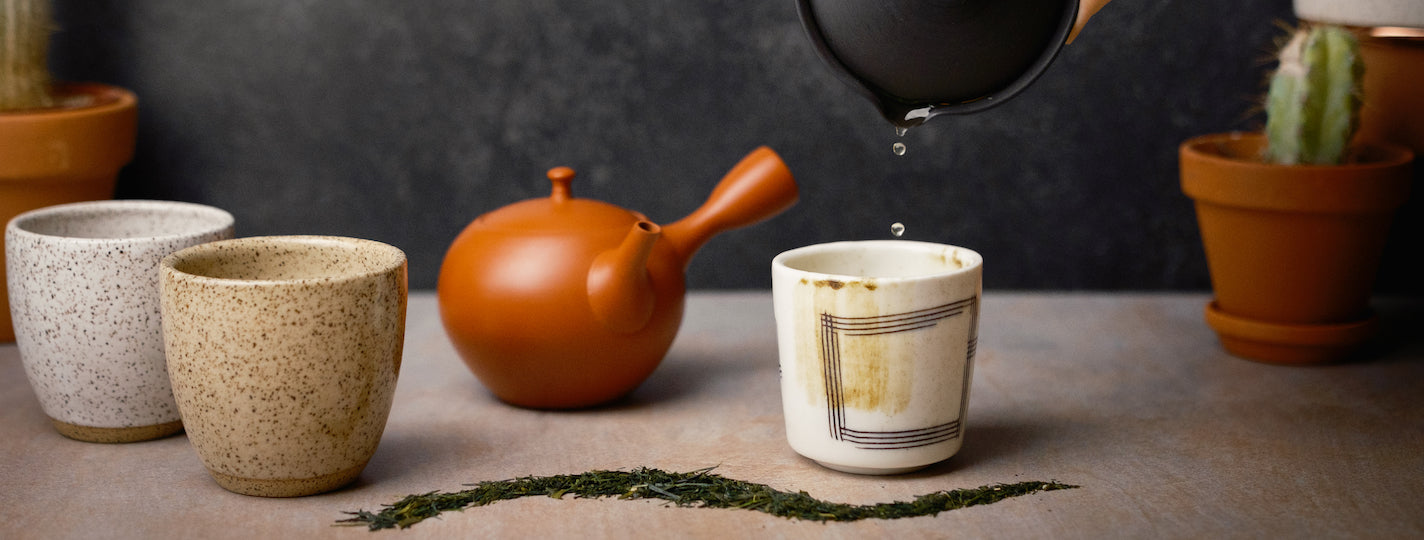

5 comments
Thank you. I am happy that there’s a possibility that I will be able to drink matcha again despite my caffeine sensitivity. I really appreciate this article.
Oh sorry, I see you did address CO2/pressure above but it sounds from the text that this is method is probably fine. Any negatives? I really can’t tolerate caffeine but want the benefits of green tea (drinking it during intermittent fasting for example). I think I’m one of those very very slow metabolizers and the caffeine sticks with me for too long so need to do everything to avoid it.
I bought some decaf tea that says is decaffinated with carbon dioxide and pressure, which seems different from the ones above. I really do want a decaf tea, not those ways suggested above, and want a green tea for its health benefits. Can you let us know whether the CO2 method has harmful residual chemicals or other drawbacks like the above?
thank you for taking the time to educate us on the ever confusing world of decaffeinated green teas. this article helped me understand the process and the best solutions; so thank you. all the best, Michael M
Nice read
Leave a comment